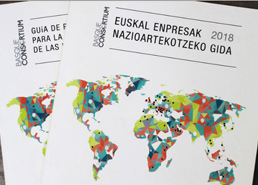European R&D and battery production company InoBat Auto has acquired a 290,000 sq ft (27,000 sq m) facility close to Bratislava, Slovakia. The property will house a 100MWh facility combining proprietary High Throughput Process (HTP) R&D with prototype battery cell-manufacturing capabilities.
InoBat says the facility will produce batteries to specifications of the vehicle manufacturer, and will enable European electric vehicle manufacturers to reduce dependence on imports from Asia. InoBat Auto’s production will contribute to a European energy production and storage infrastructure now recognized as vital for growth and EU technological independence, particularly after the supply chain disruption demonstrated by recent restrictions following the outbreak of COVID-19.
Backed by IPM Group and Wildcat Discovery Technologies, InoBat Auto will manufacture the first bespoke battery cells in 2021. Through the use of Wildcat’s proprietary R&D, InoBat Auto will have the ability to develop continuously and rapidly next-generation customer-specific battery cells through HTP and AI.
Strategically located in Voderady, just 40km from Bratislava and in close proximity to 9 major OEM brands, including Peugeot, KIA and Jaguar Land Rover, the R&D center will complete the first phase of the roll out of InoBat Auto and will be followed by the fundraising for Phase 2—a €1-billion InoBat Auto Gigafactory, which will provide an estimated 240,000 EVs with batteries by 2024.
InoBat Auto acquired the site from Korean technology group, Fine DNC, which has expertise in the automotive and electronics industries. Redevelopment of the site to meet the high specifications required for advanced battery manufacture in scale is set to begin later this year, and will create an estimated 150 new highly-skilled jobs.
InoBat Auto says that its key technological advantage is the proprietary mix of HTP and Artificial Intelligence (AI) research, which allows it to carry out R&D to optimize battery characteristics efficiently at a small scale which can be quickly and efficiently replicated on a larger scale—in this case scaling up its findings from a level of grams to kilograms.



